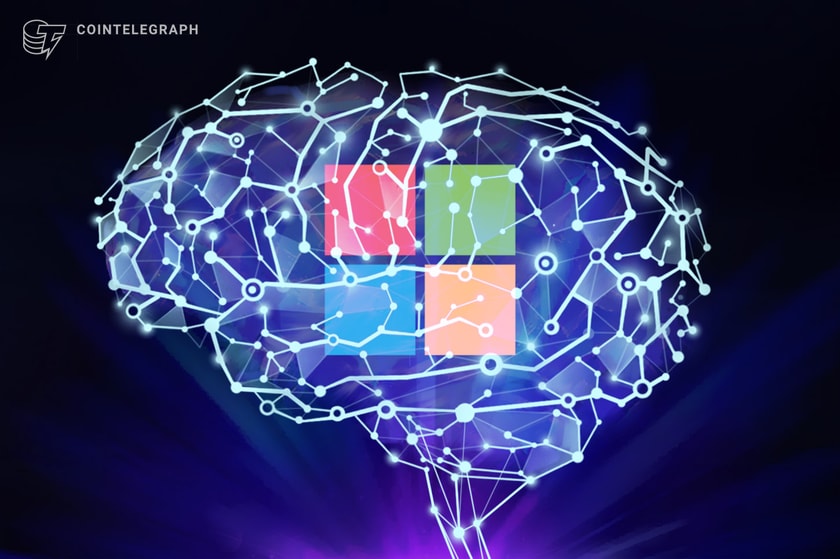
The reported deal comes just a few days after CoreWeave announced an additional $200 million worth of funding via an extended Series B funding round.
Microsoft has reportedly signed a deal with former Ethereum miner CoreWeave to use its cloud computing infrastructure to support its Artificial Intelligence-powered services.
According to a June 1 report from CNBC which cites “people with knowledge of the matter,” Microsoft is potentially set to spend billions of dollars on the deal with CoreWeave that will run over multiple years.
One of CNBC’s sources claimed that the deal was signed earlier this year, as Microsoft OpenAI’s widely popular ChatGPT chatbot.
JUST IN:
— Evan (@StockMKTNewz) June 1, 2023
Microsoft $MSFT just signed a deal for AI computing power with Nvidia-backed CoreWeave that could be worth billions
CoreWeave offers Nvidia $NVDA graphics cards that other companies rent out
Nvidia invested $100M in CoreWeave, which in April was valued at $2B - CNBC
Amid the rapid growth of AI tech over the past 12 months Microsoft has rolled out several AI-powered services. A prime example is the GPT-4 integration with its web browsers Bing and Microsoft Edge, which the firm recently axed the waitlist on.
OpenAI also utilizes Microsoft's own cloud computing infrastructure Azure to handle its sizeable compute requirements.
CoreWeave initially started off as an Ethereum miner back in 2017, utilizing graphics processing units (GPUs) to verify transactions on Ethereum during its formative days as a proof-of-work blockchain.
The firm started pivoting its focus to cloud GPU computing around 2019, after spotting a hole in the market for competitively priced, scalable and varied compute options — something that it claimed legacy providers weren’t offering.
Notably, reports of the deal with Microsoft come just a few days after CoreWeave announced on May 31 that it had extended its $221 million Series B funding round from April to bring the total up to $421 million.
The Series B was led by Magnetar Capital, with participation from long-standing strategic partner NVIDIA.
The firm stated in April that the capital would be used to expand its cloud infrastructure which is focused on a wide range of computational workloads such as artificial intelligence, machine learning, visual effects and rendering, to name a few.
Related: Here’s how OpenAI plans to cleanse ChatGPT of false information
Commenting on the Microsoft deal via Twitter, Bitcoin advocate and Castle Island Ventures general partner Nic Carter highlighted the significance of the firm’s change of industry:
“Ppl make fun of ‘crypto to AI pivots’ but CoreWeave went from mining ETH to using their fleet to do compute for AI and now they're worth $2b+... one of the fastest growing companies in the world right now.”
ETH is what put them in business. interestingly, they wouldn't have been in business if the merge had been on time. because the merge was so delayed, they were able to scale up while planning for the next thing.
— nic carter (@nic__carter) June 2, 2023
Magazine: AI Eye: Make 500% from ChatGPT stock tips? Bard leans left, $100M AI memecoin


















